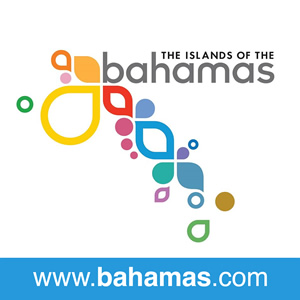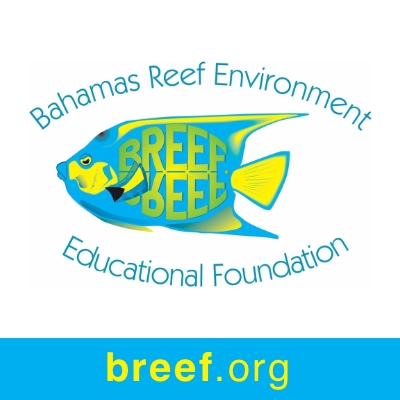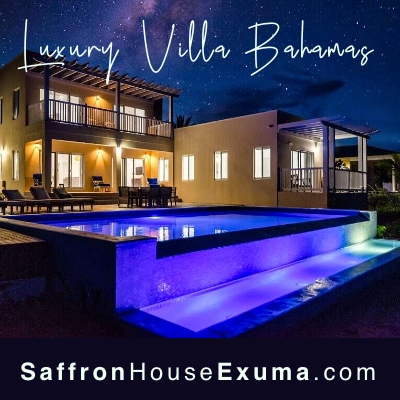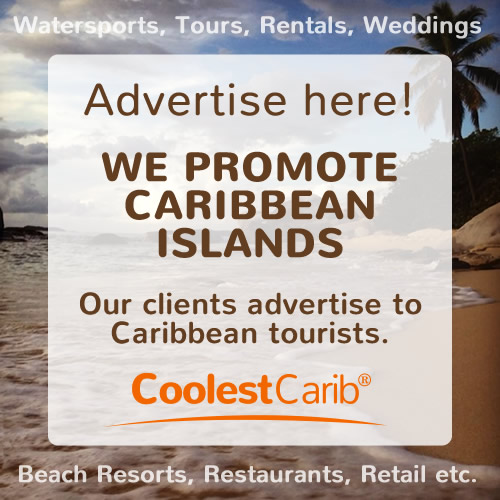The Bahamas is officially called the Commonwealth of the Bahamas.
The Bahamas a country within the Lucayan Archipelago, an island country consisting of more than 700 islands, cays, and islets. Located in the Atlantic Ocean north of Cuba and southeast of the US state of Florida. View Map. The Bahamas is famous for being an ecological oasis, boasting the clearest water with visibility of over 200 feet.
1.Pink Sands Beaches:
The Bahamas is famous for its stunning pink sand beaches, particularly on Harbour Island and Eleuthera. The pink color comes from foraminifera, tiny marine organisms with pink shells that mix with the sand.
2.Swimming Pigs of Exuma:
In the Exuma Cays, there's an uninhabited island known as Big Major Cay or Pig Beach, where wild pigs swim freely in the crystal-clear waters. It's a popular tourist attraction where visitors can swim with these friendly pigs.
3.Lucayan National Park:
This park, located on Grand Bahama Island, is home to one of the world's longest underwater cave systems. It also features diverse ecosystems like mangroves, pine forests, and beautiful beaches.
4. Atlantis Paradise Island:
This mega-resort on Paradise Island near Nassau is famous for its massive water park, luxurious accommodations, and the Atlantis-themed architecture. It's a major destination for families and those seeking entertainment.
4.Pineapple Capital:
The island of Eleuthera was historically known as the "Pineapple Capital of the World" due to its large pineapple plantations. Though the industry has declined, remnants of the pineapple fields can still be seen, and pineapples are part of the island's heritage.
Enjoy your stay!

"March On, Bahamaland"
13,878 km2 or 5,358 sq mi. The country, or the larger island series that it shares with the Turks and Caicos Islands, comprise what is called the "Bahamas". Bahamas territory has 470,000 km2 (180,000 sq mi) of ocean space.
Bahamian dollar. US dollar widely accepted.
Monarch: Elizabeth II. Governor-General, Prime Minister, Parliament: Upper house - Senate. Lower house - House of Assembly.
Left
18deg 20'N 64 deg 44'W
Nassau, on the island of New Providence, is the capital.
Native animals are the Hutia, a rodent-like creature, also the Bahamian parrot and the Bahamas wood star hummingbird. Common land animals are the house gecko, iguanas and the curly tail lizard. In the Bahamas there are not any poisonous snakes or lizards. About 230 species of birds migrate to or live in the Bahamas islands. They include woodpeckers and the West Indian flamingo.
Junkanoo Beach
Named after the country's most famous street festival - Junkanoo, this picture perfect beach is just minutes away from downtown Nassau. Junkanoo Beach is a favourite among cruise ship passengers and locals alike. Try out the Bahamian food on site.
Pink Sands Beach (Harbour Island, Eleuthera)
some of the safest
swimming in the Bahamas because a coral reef protects the shore from
waves. Pink Sands Beach has pink sand, as the name states, and stretches
along the entire length of the island's eastern side, for 5km (3 miles)
with low-rise hotels and private villas.
Stocking Island (Exumas)
Close to the little capital of George Town on
Great Exuma Island this is one of the finest white sandy beaches in The
Bahamas. You can reach Stocking Island by boat - great for snorkelers
and divers in its crystal clear waters. It has powdery white sand, plus
the island is known for its blue holes, coral gardens, and undersea
caves.
Tahiti Beach (Hope Town, Elbow Cay, Abacos)
Isolated at the far end of
the island because you can't drive here. You have to walk or ride a bike
from Hope Town. Tahiti Beach is pristine and private. You can also
charter a boat to reach the beach - the Abacos are the country's sailing
capital.
Ten Bay Beach (Eleuthera)
A hotel was built here because of the
fabulous scenery. But it's been closed down and there aren't many
facilities but the white sands and turquoise waters here are idyllic and
private. Ten Bay Beach lies a short drive south of Palmetto Point.
Cable Beach (New Providence Island)
The glittering cay of Cable Beach
offers quick access to shops, casinos, restaurants, watersports, and
bars. It's a busy 6.5km-long (4-mile) stretch of sand, with an array of
facilities and activities.
The Dolphin Experience
Underwater Explorer's Society, Freeport, Grand Bahama.
Great experience for especially children to interact with some happy Atlantic bottlenose dolphins in an interactive dive program with
professional and informative staff and well-behaved dolphins. You can enjoy a humane, open-water swim (as opposed to in an enclosed pen). Tickets for the popular Dolphin Experience, shark diving, snorkeling, scuba diving and more are available at the Underwater Explorers Society (UNEXSO), located in Freeport.
Lucayan National Park
Freeport's Lucayan National Park is one of three national parks on Grand Bahama. This 40-acre spread of trees also hosts stunning white sand beaches, the Gold Rock Beach, with tons of seashells, plus one of the longest underwater limestone caves in the world. You can spend a whole day here: dive at the two underwater caves - one of which is where the bones of Lucayan people were found in 1986 - and to swim at the secluded Gold Rock Beach, kayak or ride horses in the park. The park is open daily.
Junkanoo - Bay Street, Nassau.
You can participate in a Junkanoo for free. Junkanoo is a night parade
held on Boxing Day (Dec. 26), New Year's Day and again in the
summertime, held on all the islands. The biggest Junkanoo takes place on Bay Street in Nassau. Young and old spend months making costumes for the parades, then take to the streets to dance and party. Judges select the
best dancers, costumes and more. You'll find more info on the parades
from the Bahamas Tourism Board. Paradise Island's Marina Village hosts
mini-Junkaroos weekly.
Marine Habitat at Atlantis
1 Casino Drive, Paradise Island, Bahamas.
You can find 14 lagoons, caves and more than 50,000 marine animals at
Atlantis. Kids and people of all ages love to feed and pet stingrays,
play with sea turtles in the Hibiscus Lagoon and ride through an
underwater tube in the shark habitat. You can also swim with dolphins or
even interact with a sea lion. The feeding times - especially for the
manta rays and eels - is also big fun.
When staying at Atlantis, access to the Marine Habitat is free. But if
you're a day visitor, you'll have to buy an Atlantis day pass for access
to the waterpark and other facilities.
Thunderball Grotto
Staniel Cay, Exuma, Bahamas.
Thunderball Grotto is a worthwhile snorkeling and scuba diving
destination with Hollywood fame for its setting in two James Bond films
("Thunderball" and "Never Say Never Again"). It is an underwater maze
enclosed by cave ceilings with holes to let the sun shine through and
reflect on the water.
It is recommended to rather snorkel during low tide for safety and you
can pack bread crumbs for underwater feeding of hordes of big and small
fish.
At the time of Christopher Columbus' arrival in 1492, an estimated 30,000 Lucayans lived in the Bahamas. These people came from Cuba and Hispaniola to the Bahamas in the 11th century. However, the Spanish forced much of this population to Hispaniola as slaves, who suffered under bad conditions and most died from diseases like smallpox.
In 1648, the first permanent British settlements were established on two islands. In 1670 King Charles II passed the islands over to the Carolinas in North America, who rented the islands with rights of trading, tax, appointing governors, and administering the country.
The Bahamas became an escape for pirates, including Blackbeard (c.1680-1718). However, in order to end the pirates 'republic', Britain made the Bahamas a crown colony in 1718, which eventually succeeded in suppressing piracy. The British moved 7,300 Loyalists with their slaves to the Bahamas, who established plantations on several islands and became a political force in the capital. In 1807, the British also resettled in the Bahamas thousands of Africans liberated from slave ships after they abolished the slave trade.
In the 1820s hundreds of American slaves and African Seminoles escaped from Cape Florida to the Bahamas. The Duke of Windsor became Governor of the Bahamas in 1940 and was acknowledged for trying to lower poverty and civil unrest there. This was followed by political parties being formed in the 1950s, and the islands were granted internal self-governing in 1964 by Britain.
The Bahamas became a fully independent nation on 10 July 1973, officially declared so by Prince Charles. The Bahamas is now part of the Commonwealth of Nations, International Monetary Fund, the World Bank and the United Nations since 1973. Tourism and offshore finance are main contributing factors to the Bahamian economy prospering since the 1950s. However, challenges in education, health care, housing, international narcotics trafficking and illegal immigration from Haiti remain.
What to do when you get fanged by a mosquito? Rub the inside of a banana peal on the spot(s). It takes the itch away almost instantly. Truly remarkable!
















